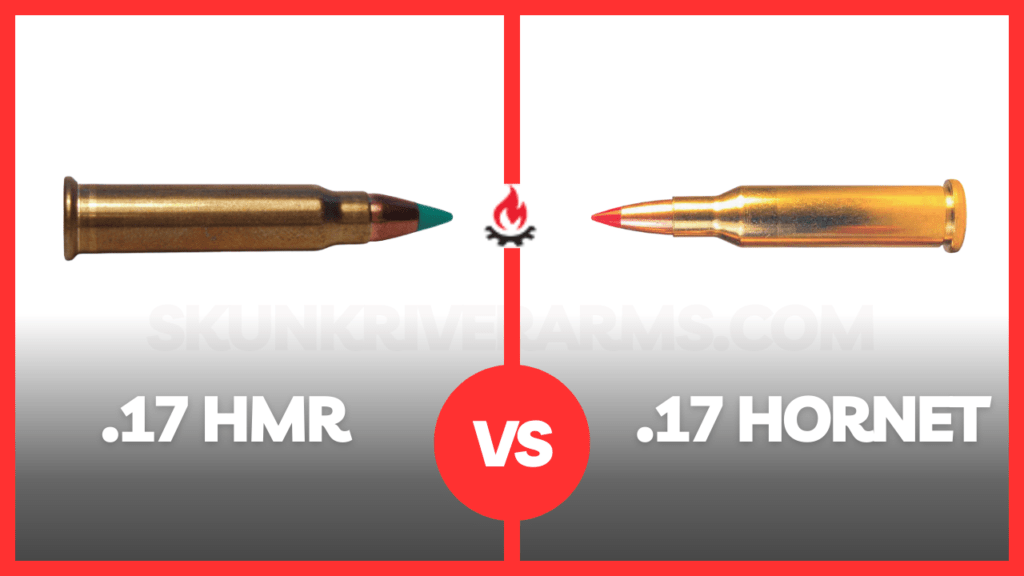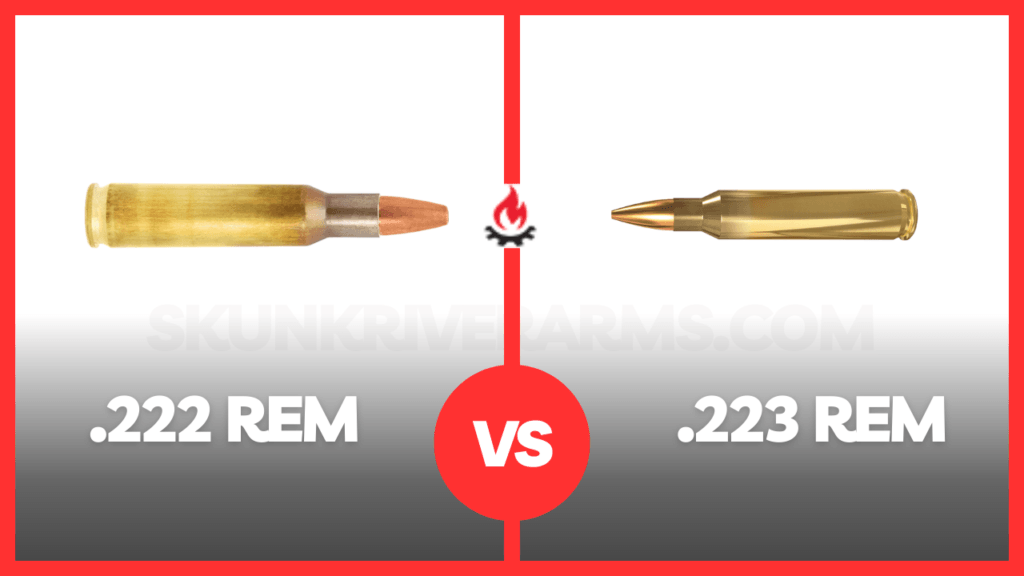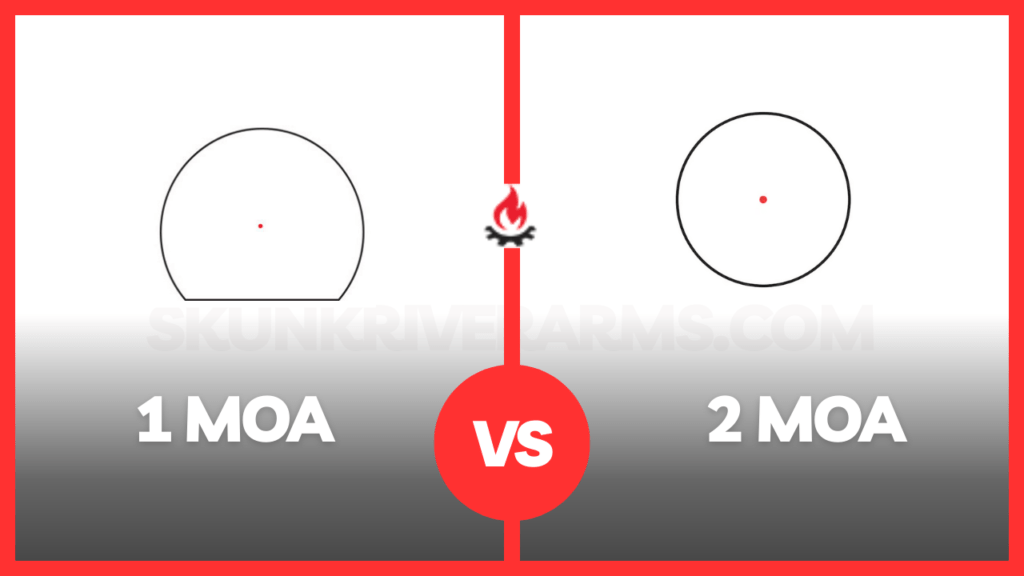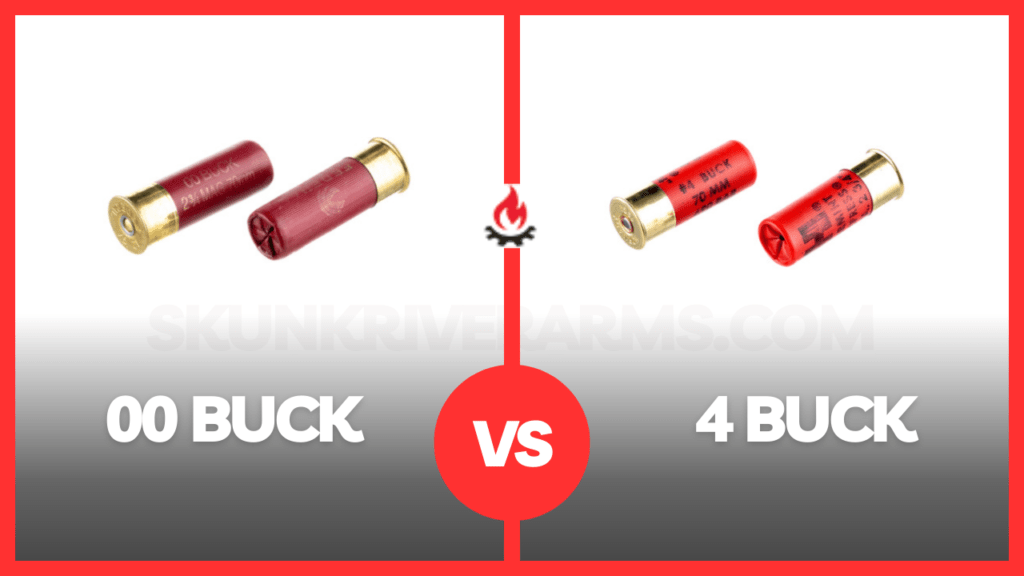There are a few key differences between 1/10 Mil and 1/4 MOA. First, 1/10 mil is a metric unit of measurement, while 1/4 MOA is an imperial unit. It means that 1/10 mil is slightly larger than 1/4 MOA.
Secondly, 1/10 mil is used more commonly for long-range shooting, while 1/4 MOA is used more for close-range or tactical shooting. Finally, 1/10 mil is more precise than 1/4 MOA, making it the better choice for serious shooters.
1/10 Mil Vs. 1/4 Moa – Key Differences
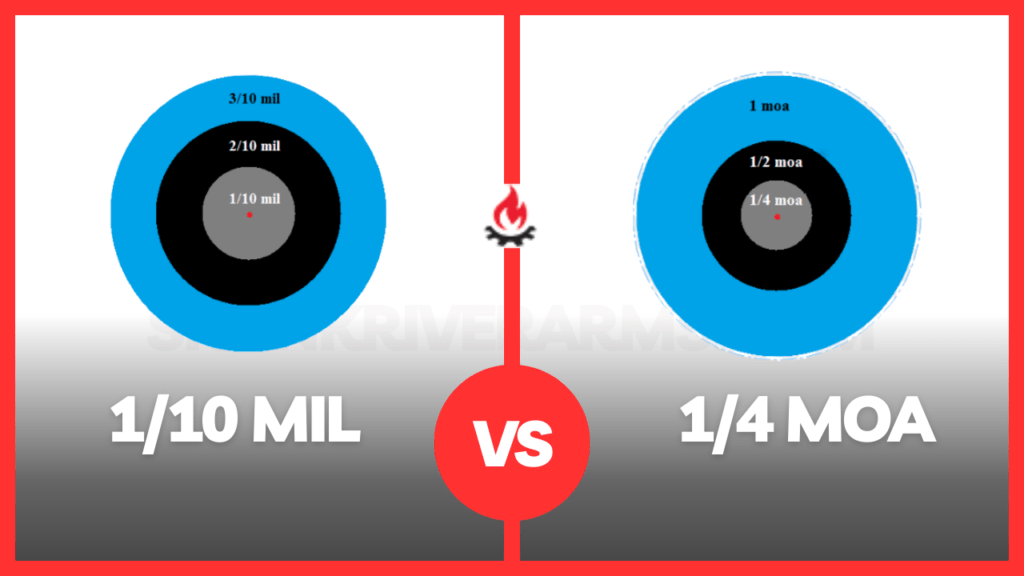
Map
This map is designed to help with the understanding of the two most common measurement systems used in the field of ballistics: 1/10 mil and 1/4 MOA. It includes a chart of each unit of measure’s relative size and a visual representation of the two systems side-by-side. The chart includes the size of each unit in both inches and centimeters, as well as a conversion rate between the two systems.
Additionally, the map includes a diagram showing the relationship between the two systems and a brief explanation of their differences. This map is a useful tool for anyone interested in ballistics and measurement systems and can help to provide a better understanding of the two systems.
Contour Lines
Both are used in the field of surveying. They are used to measure the elevation of land and terrain features.1/10 mil and 1/4 moa are two different contour lines that can be used for this purpose.1/10 mil contour lines measure the elevation in increments of 0.1 mils (1/10,000 of a mile).
1/4 moa contour lines measure the elevation in increments of 0.25 minutes of arc (1/240th of a degree). These contour lines are used to create detailed terrain maps, which can be used for various purposes, such as engineering, navigation, and topographic mapping.
Grid Lines
1/10 MIL: 1/10 mil is a unit of angular measurement used in optics and gun sights. It equals 0.36 degrees and is most commonly used in military and law enforcement applications.
1/4 MOA: 1/4 MOA is a unit of angular measurement used in optics and gun sights. It equals 0.25 degrees and is most commonly used in civilian and hunting applications. Grid Lines: Grid lines are the lines used to measure angles in optics and gun sights.
Depending on the application, these lines are usually marked in either 1/10 Mil or 1/4 MOA increments. Grid lines accurately measure angles, allowing for more precise aiming.
Geographic Features
1/10 mil and 1/4 moa are two different types of geographic measurements.
1/10 mil is a metric system of measurement used for distances, angles, and other measurements. It is based on the Mil (milliradian), equal to one-thousandth of a radian. 1/4 moa, or Minute of Angle, is an imperial system of measurement used for distances, angles, and other measurements.
It is based on the degree, equal to one-sixtieth of a degree. Both systems are commonly used in surveying, navigation, and other applications.
Compass Rose
The compass rose is a tool used to measure and track direction. It is typically used in navigation and surveying. The compass rose is divided into 360 degrees and is often broken down into further divisions. The two most common divisions in surveying are 1/10 Mil and 1/4 MOA.
1/10 mil is a unit of angular measurement equal to one-tenth of a milliradian, or 0.36 degrees.1/4 MOA is a unit of angular measurement equal to 0.25 minutes of arc, or 0.0025 degrees. The 1/10 mil and 1/4 MOA divisions are commonly used to measure and track direction in surveying and navigation.
They are also used to measure the size of objects in the field and calculate distances.
Scale Bar
A scale bar is a graphical indication of a measurement scale. It is used to measure distances on a map or other graphic representation. A 1/10 mil and 1/4 moa scale bar is a type of scale bar used for measuring distances on a map or chart. This scale bar comprises two scales, one in mils (1/10 of a millimeter) and one in minutes of arc (1/4 of an arc minute).
The 1/10 mil scale is used to measure distances in meters, while the 1/4 moa scale is used to measure distances in yards. The scale bar is typically placed along the bottom of a map or chart and is used with a ruler or other measuring device to measure distances accurately.
Frequently Asked Questions
Are adjustments interchangeable between Mil and MOA scopes?
No, adjustments are not directly interchangeable. If your scope is calibrated in Mil, adjustments should be made in Mils, and if it’s calibrated in MOA, adjustments should be in MOA.
Which is finer: 1/10 Mil or 1/4 MOA?
1/10 Mil adjustments are finer than 1/4 MOA adjustments. One milliradian (Mil) is a smaller angular unit than one Minute of Angle (MOA), making 1/10 million adjustments more precise.
Are adjustments interchangeable between Mil and MOA scopes?
No, adjustments are not directly interchangeable. If your scope is calibrated in Mil, adjustments should be made in Mils, and if it’s calibrated in MOA, adjustments should be in MOA.
Conclusion
The choice between 1/10 Mil and 1/4 MOA adjustments in precision shooting rests on precision and familiarity. 1/10 Mil adjustments offer finer granularity, crucial for long-range accuracy and dynamic scenarios, aided by its decimal-based calculations for holdovers and ranging.
On the other hand, 1/4 MOA adjustments strike a consonance between precision and ease of use, particularly for those accustomed to imperial measurements. Both systems have strengths, but the decision hinges on shooting style and context. Some scopes even offer dual adjustments, combining the best of both worlds.

